
A 12,000–year journey through prehistoric Lithuania
Plan your visit
Tuesday to Sunday 10.00 to 18.00
The ticket office closes 30 minutes before closing time.
Ticket prices
- Adult – 5,00 €
- Concessions* – 2,50 €
Family ticket
- 1 adult and up to 4 children – 8,00 €
- Up to 2 adults and 4 children – 12,00 €
Combo tickets
- Historical Triangle (Castellan’s House, the Old Arsenal and Gediminas Castle Tower) – 15,00 €
- Museums in Vilnius (every branch of National Museum of Lithuania that is located in Vilnius) – 30,00 €
Guided tours in Lithuanian or foreign language (groups up to 10 people)
- Themed guided tour (60 min) – 15,00 € (museum tickets not included)
Expositions are free of charge for the following visitors:
pre-school children; orphans and children who have lost guardianship by their parents; people with a disability and their one accompanying person; persons from 80 years of age; employees of Lithuania’s museums; members of the International Council of Museums (ICOM); residents of children care homes and socially supported children; teachers accompanying groups of schoolchildren; Vilnius Pass card holders (valid for visiting The New Arsenal, The Old Arsenal, The House of Signatories, Gediminas Castle Tower, The Bastion of the Vilnius Defence Wall, Kazys Varnelis House-Museum, House of Histories); students of Lithuanian art schools for children and youth; students of Vilnius College of Technologies and Design; students of Balys Dvarionas decennary music school; members of the Lithuanian Association of Art Historians; members of the International Association of Art Critics; members of the Lithuanian Association of Archaeologists; guides with valid guide ID; guides accompanying groups of tourists; employees of the Cultural Heritage Department at the Ministry of Culture and its territorial branches; cadets and conscripts from General Jonas Žemaitis Military Academy of Lithuania; soldiers of the Lithuanian Grand Duke Gediminas Headquarters Battalion; members of the Lithuanian army volunteer union; employees of Lithuanian Post; journalists; Family Card holders; students of Vilnius Academy of Arts; students of the Faculty of History at Vilnius University; citizens of Ukraine; organised migrant groups; all visitors on the last Sunday of each month.
Educational activities of the National Museum of Lithuania’s expositional locations are free of charge for the following visitors:
children under 3 years of age; residents of children care homes and socially supported children; people with a disability and their one accompanying person; teachers accompanying groups of schoolchildren.
Concessions are applied upon the visitor providing valid ID that prooves right to specific concessions. This ID requirement does not apply to pre-school children and all visitors on the last Sunday of each month.
Information for disabled visitors: exhibition halls of the Old Arsenal have wheelchair access. Partial exposition descriptions in braille are available.
General visitor regulations of the National Museum of Lithuania
Guided tours are available in Lithuanian, English and Russian languages. Guided tours must be ordered in advance by phone or e-mail (8 5 262 9426, [email protected]).
The tours in the museum are only led by the museum tour guides or the tour guides from the institution with which the museum has concluded an appropriate agreement.

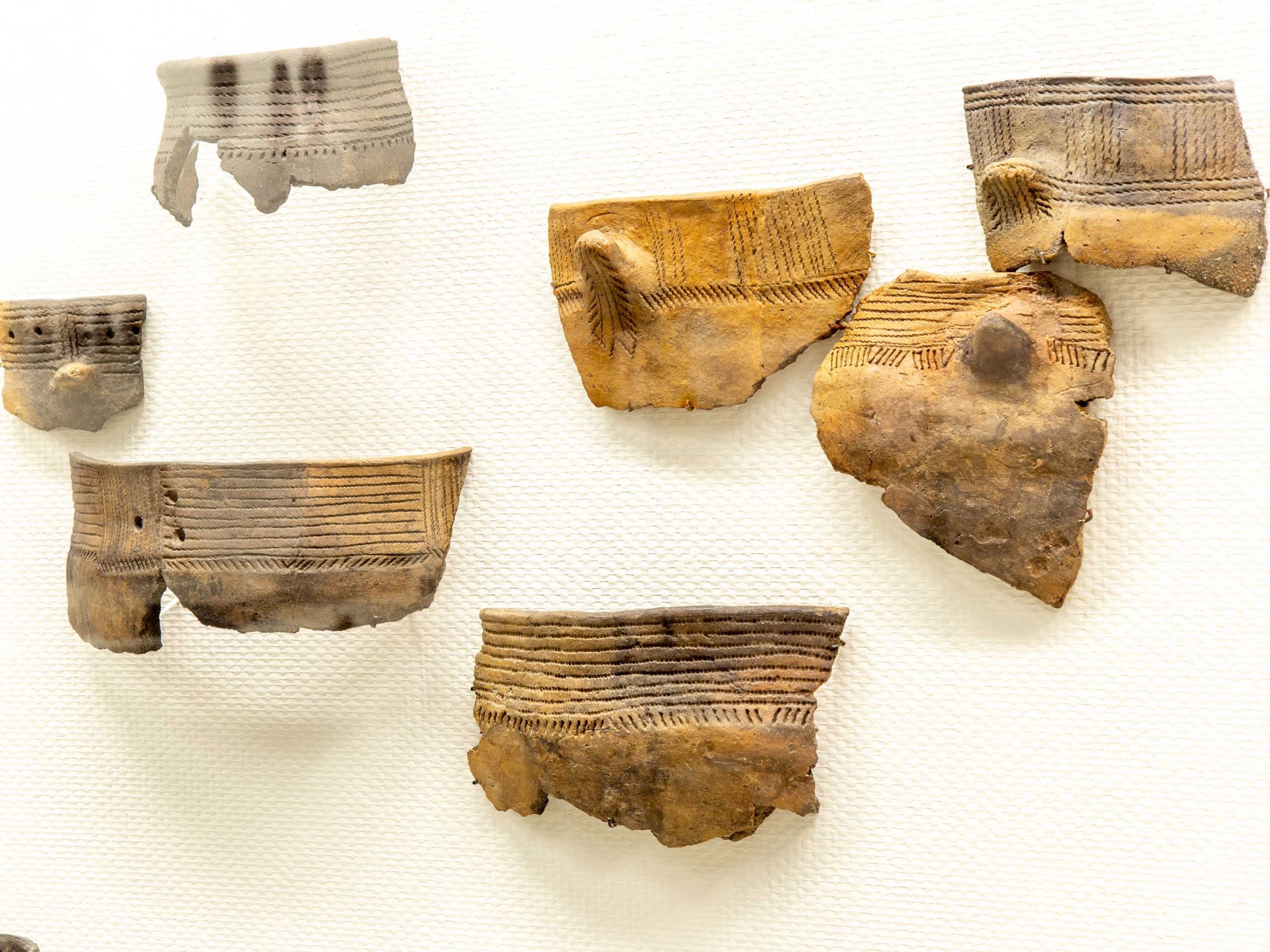

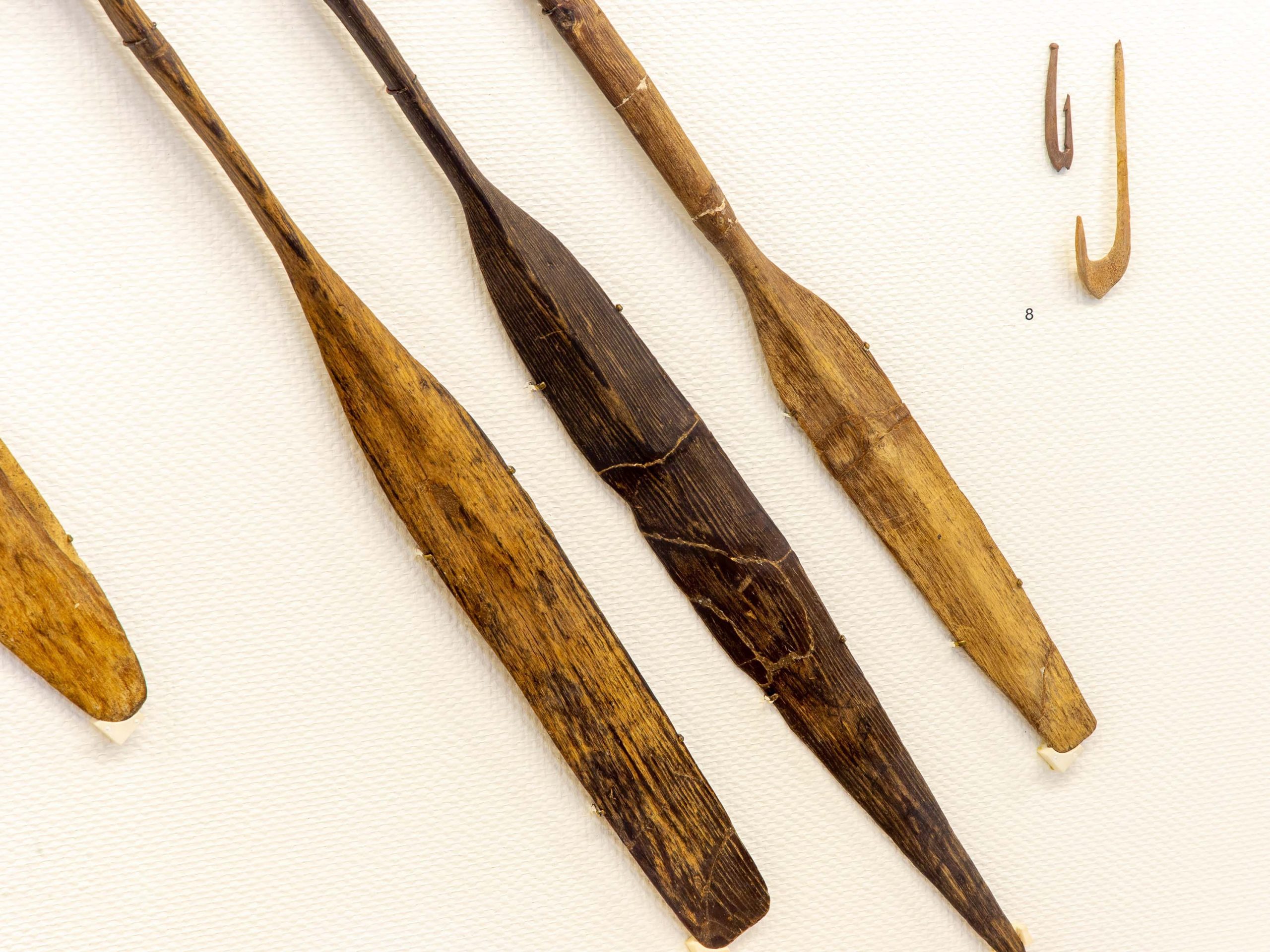
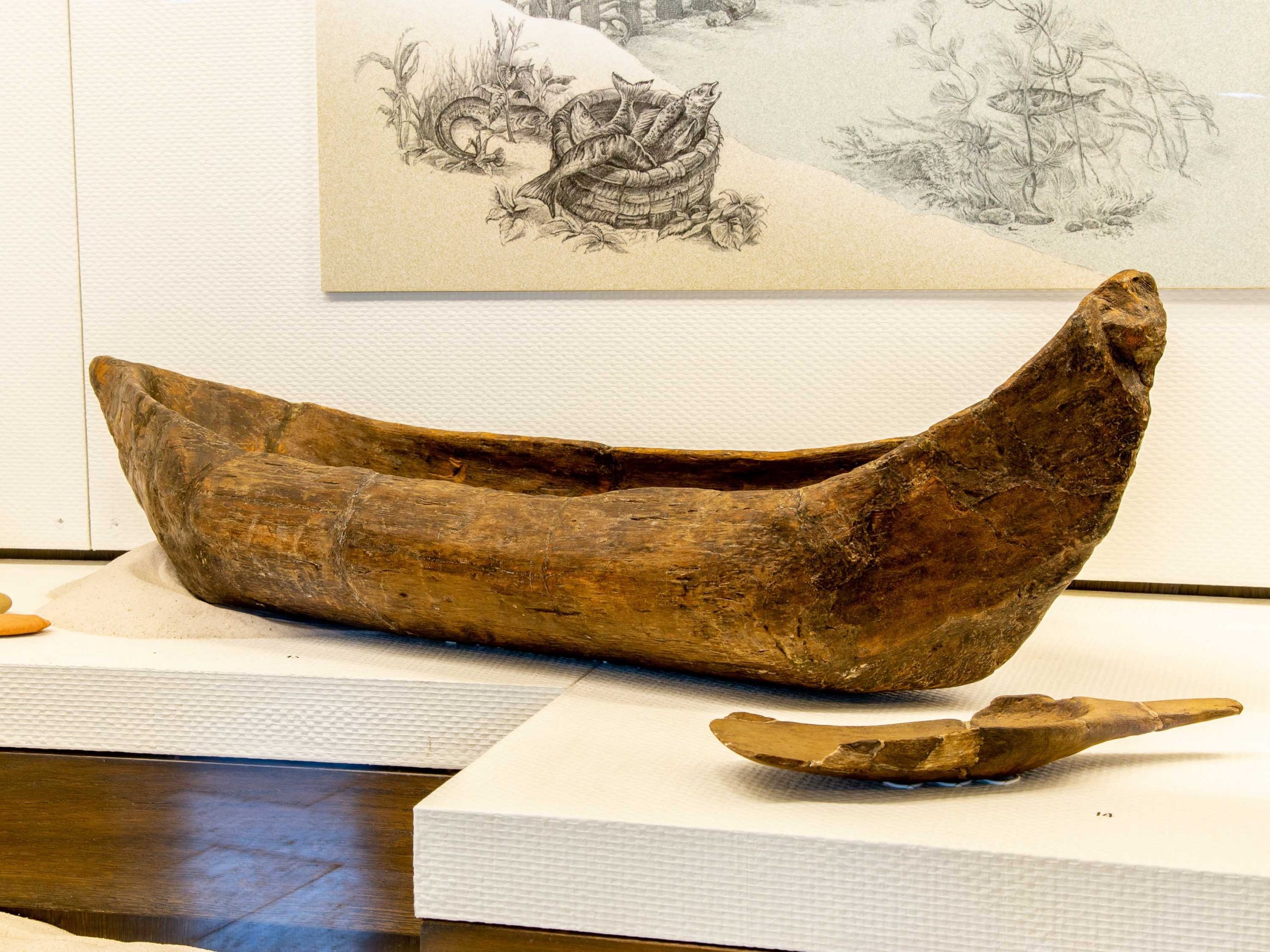
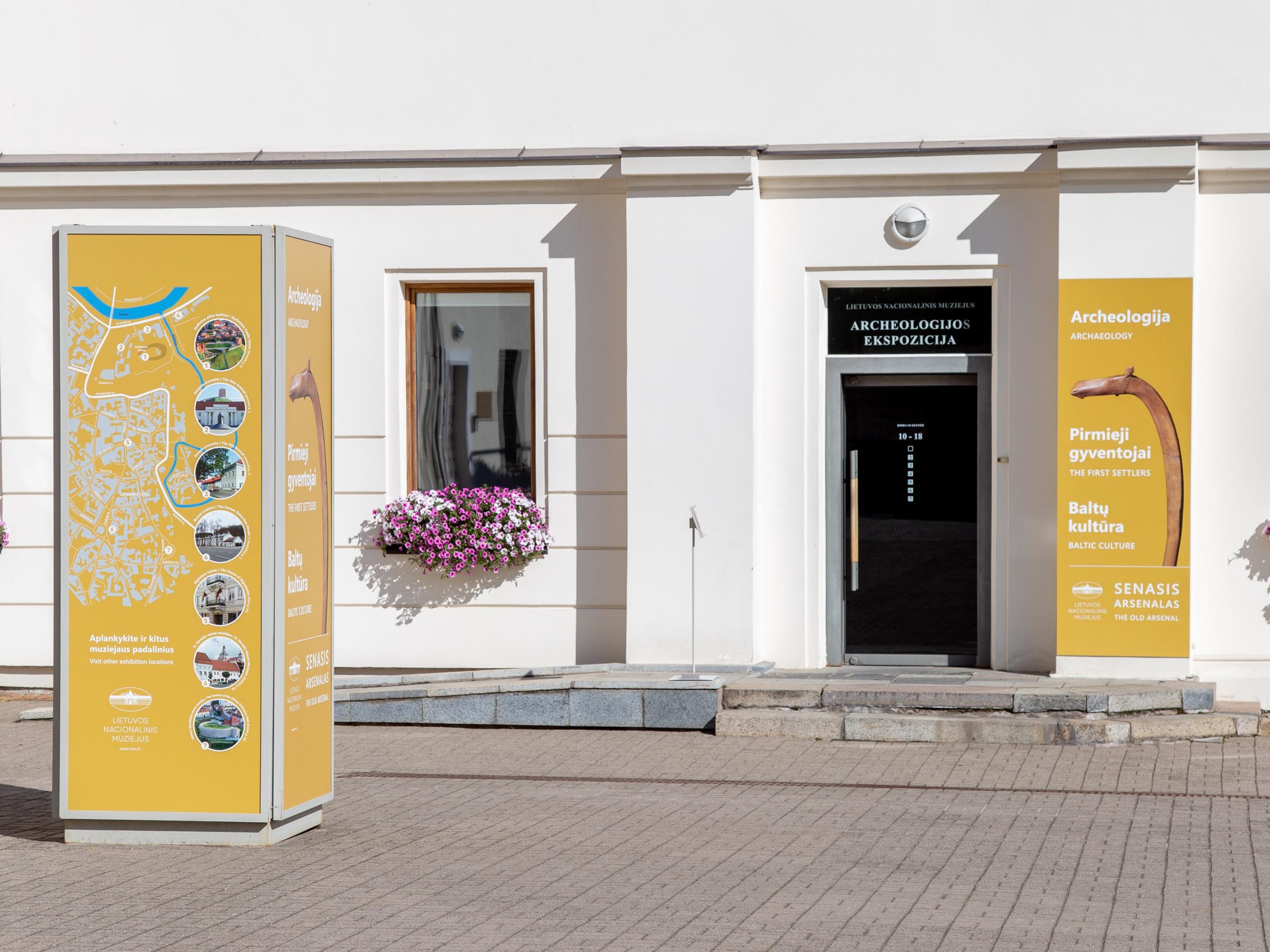
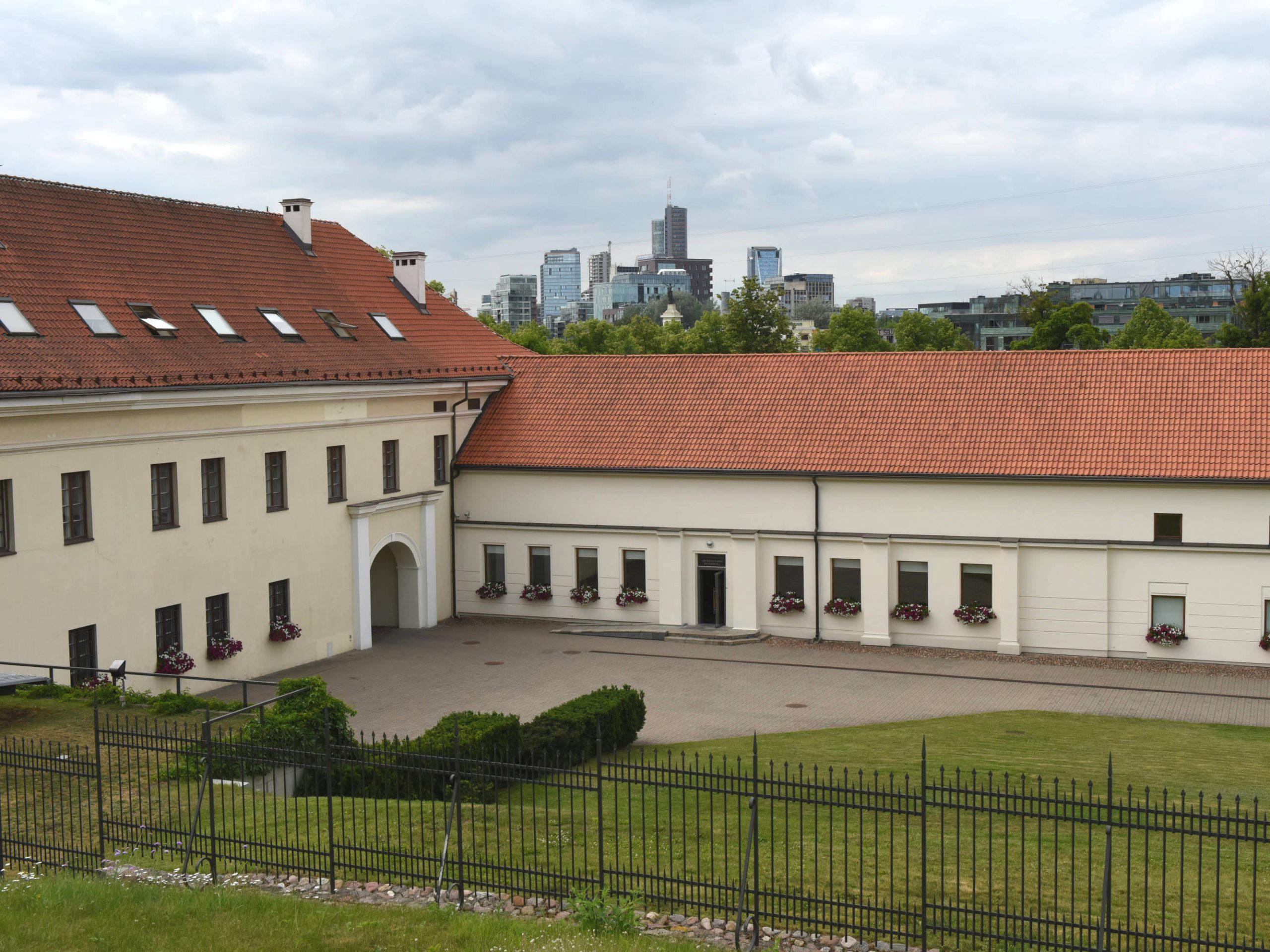
About us
The archaeological exposition “Lithuania’s Prehistory” is a 12,000-year journey beginning with the oldest event – when, following the melting of the ice field, the first humans appeared – until the Iron Age, when the Baltic tribes formed in Lithuania and became the basis on which the state was later established.
What will you see?
A pagan priest who was buried almost 8,000 years ago and the woman who accompanied him to the afterlife; a unique 5,000 year old ritual staff topped with the head of a female elk; a collection of Stone Age amber objects; the very earliest example of narrative art found on Lithuanian territory – a pot with the image of a human figure with outstretched hands; masterpieces of Baltic jewellery; weapons of warriors and the 13th–14th century Stakliškės treasure chest filled with three kilograms of silver.
What will you learn?
On the second floor, the exposition “Lithuania Before State Formation” covers a period of more than 1,000 years following the birth of Jesus Christ. The evolution of human daily activities and lifestyles from the 1st to the 13th centuries is presented through different themes: barter and trading, agriculture, metallurgy, weaponry, the knight and his steed, spinning and weaving, and ceramics. The Lithuanian nation’s ethnic history is presented through that of separate Baltic tribes, through archaeological finds and shifts in burial customs of the Lithuanians, the Yotvingians–Sudovians, the Highlanders, the Selians, the Semigallians, the Samogitians and the Curonians.
History of the building
From the 13th to the 16th centuries, the area of the current Old Arsenal complex contained both wooden and later brick defence walls and towers. Archaeological research has revealed that a craftsmen’s settlement existed between the Old Arsenal and the shore of the Neris River.
Defence walls protected the base of Gediminas Hill from the effects of flooding. Grand Duke of Lithuania Sigismund Augustus began building the Arsenal in 1547. At the time most of the existing stone walls were torn down or their materials were reused in the foundations of new structures.
The first element of the Old Arsenal to be erected was the main and largest structure of the compound; its back pushes against the slope of the hill, where a stone defence tower once stood.
Construction of the Arsenal was related to the extensive activities of the Vilnius canon foundry right there along the shore of the Vilnia. Cannon building and gun casting were among the most important roles within the Lithuanian army of the era. The Arsenal was headed by a special official called a cekwart. We can get a sense of the size of the Vilnius Castle Arsenal at that time from a Venetian envoy’s 1560 report stating that Sigismund Augustus kept 180 heavy cannons and many smaller ones, most of them beautifully decorated, in the city. According to a 1565 inventory of the Vilnius Arsenal, during the times of Vytautas the Great the Vilnius Arsenal continued to hold the cannons used by the Grand Duchy of Lithuania’s ruler.
With time, the Old Arsenal complex grew and came to also include the North and West wings.
The Grand Duchy of Lithuania’s artillery Arsenal continued to function right up to 1795. When Russia conquered the Grand Duchy of Lithuania, the Old Arsenal, along with other Vilnius Castle buildings, became a subdivision of that power’s armoury.
Throughout the 18th century, these buildings saw many reconstructions: first the main, eastern, Old Arsenal was lowered and became a storage building; the north wing later became a barracks, and Vilnius commandants settled in the west wing. Under Imperial Russia’s occupation, that building also housed an interrogation commission and prison.
The Old Arsenal continued to serve military purposes until the end of the 1960s.
In 1960–1987 the compound was converted to a cultural space: the eastern wing was restored according to 18th century Lithuanian artist Pranciškus Smuglevičius’s original drawings and was handed over to the National Gallery of Art of Lithuania, while the National Museum of Lithuania took over the western and eastern wings. The latter is where today’s visitors can find the largest and most valuable collection of Lithuanian archaeological artefacts.
Contacts
Address
How to find us?

